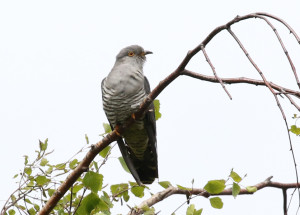
Birding locally has been imposed upon us for long periods in 2020 and 2021 and although this limits our possibilities it has also provided an opportunity to really look closely at what birds can be seen close to home. Although I enjoyed travelling further afield as soon as I was able to I also enjoyed poking around local places that I had previously not spent much time in, and found a real gem in Higham Marshes. Higham Marshes is an RSPB reserve adjacent to the much better-known Cliffe Pools and along with the next parcel of land, Shorne Marshes, protects a large plot of the North Kent marshes. There are no facilities at Higham Marshes, no car park, only access via public footpaths and this makes it an area that is visited by just a few people and helps to create a very wild atmosphere surprisingly close to large areas of human habitation and industry. In spring 2021 I made many visits to Higham Marshes, seeing a wide variety of birds and was able to see the changes in species as the seasons changed.
Over the course of the season I was quite pleasantly surprised in the variety of birds I saw, continually adding to my site list on every visit I made, including some really nice birds. I have put as many of them as I could in this video; a sort of virtual birding tour of Higham Marshes.
In early spring large numbers of winter wildfowl were still present on the flooded meadows at Higham Marshes. With flocks of Barnacle Geese and White-fronted Geese fluctuating in size it was quite obvious that birds were using the marshes as a feeding area while on migration although this was less obvious in the large numbers of Eurasian Wigeon that were using the marshes throughout; their numbers were so high that it was hard to register any change without doing a detailed count.
One of the key species at Higham Marshes is Northern Lapwing. When I was much younger this species was really common and we could see large winter flocks from our front window – not any longer. However, at Higham there are good numbers of them breeding on the wet meadows and it is nice to watch them as the season progresses; displaying, nesting and diversion/attacking tactics to drive off predators once they have eggs and chicks.
Unfortunately some of the Lapwings nested close to a public footpath and dogs off of the lead were a bit of a problem. Hopefully the adult Lapwings fooled the dogs away with their behaviour in which they feign being injured and lead predators away. More commonly Lapwings ganged up to launch aerial attacks on crows and magpies.
Although Reed Buntings are present throughout the year it was in Spring when they came into breeding plumage and became obvious as the males called from atop small bushes and reeds. Their strident call always draws my attention and with patience, just sitting still and waiting, I had some nice close encounters with them at Higham. Watch and listen to singing Reed Buntings in this video – Reed Bunting song.
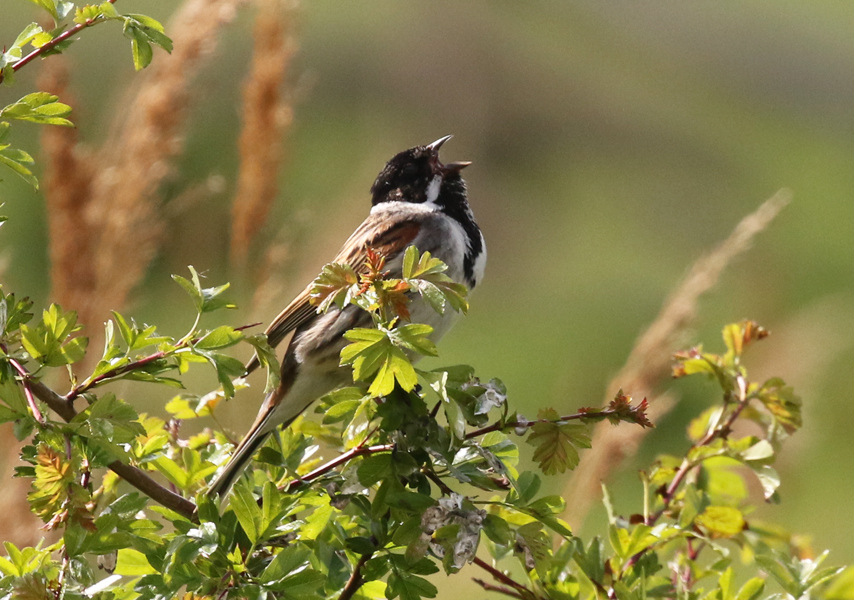
The most exciting thing about spring birding is the gradual arrival of summer migrants and one by one they revealed themselves to me; always nice to add these birds to a growing year list. Both Sedge Warbler and European Reed Warbler were quite early arrivals and were easy to see early in the season as they sung from old reeds in flooded ditches and, in the case of Sedge Warbler, from small bushes.
Listening to the song of these warblers revealed some excellent examples of mimicry with snippets of calls of Common Redshank, Skylark, Lapwing, Swallow and several other species. Amazing to listen to and a real test of my bird call recognition. It may be a surprise to some people that Reed Warblers use mimicry in their songs considering that Marsh Warbler is the Acrocephalus warbler that is famous for a rich song full of mimcry but that species uses almost exclusively snatches of song of other species whereas Reed Warbler sings mostly its own song, punctuated by inserting bits of song and calls from other birds. These warblers can be a challenging, but fascinating, group of birds and the subject of one of the most illuminating bird books that I own – Reed and Bush Warblers.
Frequent stormy weather made for late arrival of some species but when they arrived Common Swifts turned up in huge numbers and the wetaher forced them down low to feed over ditches and open water giving me a lot of opportunities to attempt to photograph them. It was difficult due to their speed and frequent poor lightbut I managed some nice shots.
Swallows, Sand Martins and House Martins joined the swifts in a late arrival too but species such as Common Whitethroat, Blackcap, Western Yellow Wagtail, Northern Wheatear and Lesser Whitethroat all turned up roughly when expected. One surprise at this site was a pair of Lesser Redpolls. I have seen small winter flocks in the more wooded parts of Higham Marshes but to find a breeding pair was a little unexpected for me.
In this part of the UK in spring there are two species in particular that birders wait in anticipation for; Common Cuckoo and Nightingale. Both of these declining species occur in decent numbers on the North Kent marshes and Higham is no exception. I made several visits to the site at the time when these two birds with distinctive voices arrive and was really happy to get good views of both of them although the Cuckoo took a lot of perseverance.
Spring was also a good time at Higham marshes for passage and breeding waders. Lapwings, Common Redshank and Pied Avocet breed although Common Snipe no longer nests in the area. However, along the Thames flocks of Dunlin often contained a few other species including Ruddy Turnstone, Sanderling and a Curlew Sandpiper. This latter species is regularly seen on passage migration in autumn but is much more scarce in spring. Good numbers of Whimbrel passed through over a period of a few weeks and the wintering flock of Curlews became gradually smaller in numbers until none were remaining by early May.
The variety of birds at this location continued throughout spring with Hobby, Ruff, Marsh Harrier, Raven, Barn Owl and Great Egret. It is always nice to have a local spot where you can see a good variety of birds with always the chance of something unusual or rare turning up and Higham Marshes proved to be a nice find for me this spring.
You can see more of my bird photographs from Higham Marshes in spring here – Higham Marshes Bird Photo Gallery - a completely different set of photos.


 August 3rd, 2021
August 3rd, 2021  Nick
Nick 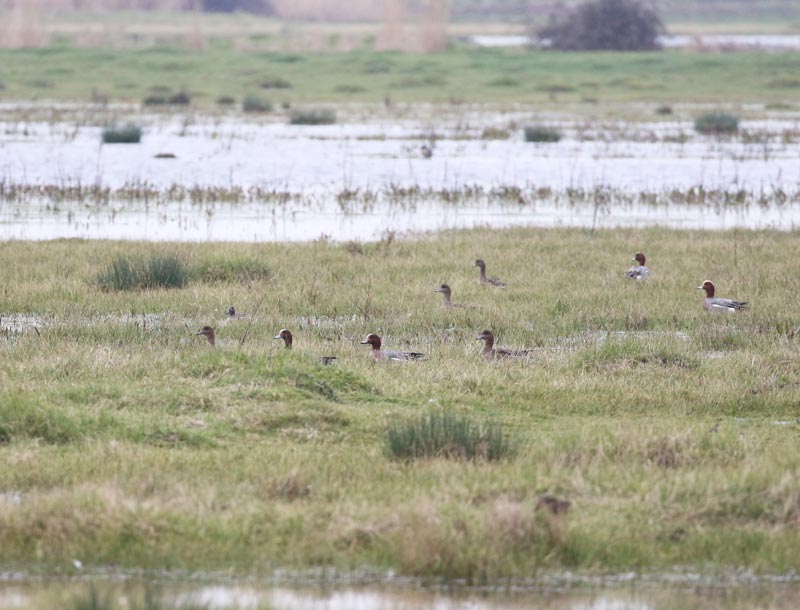
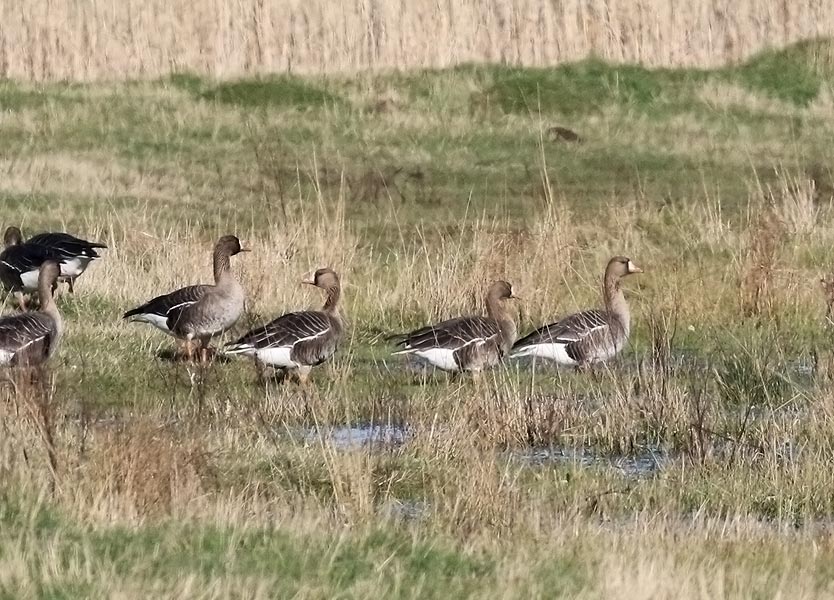
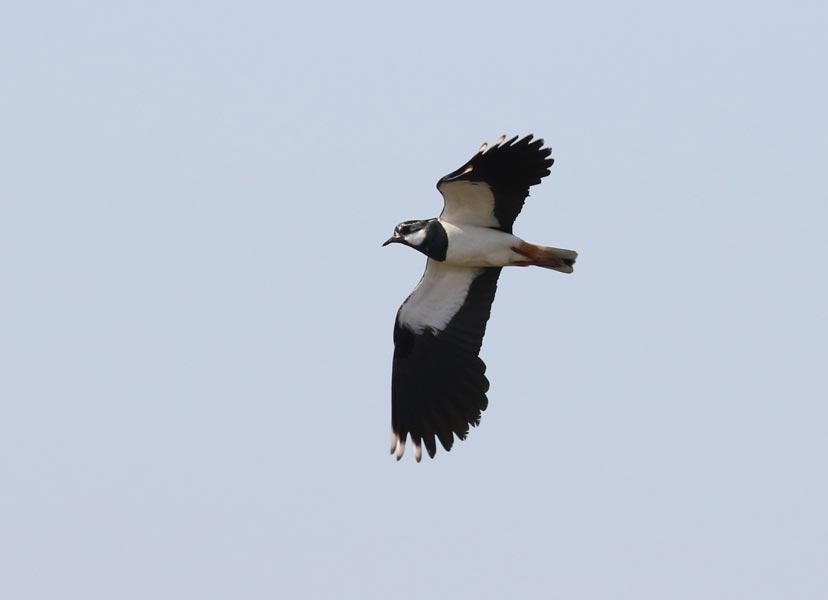
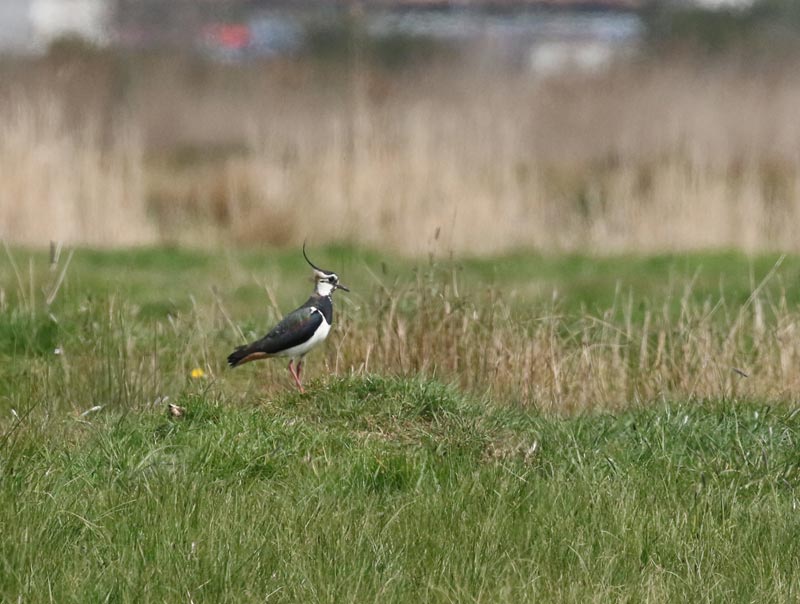
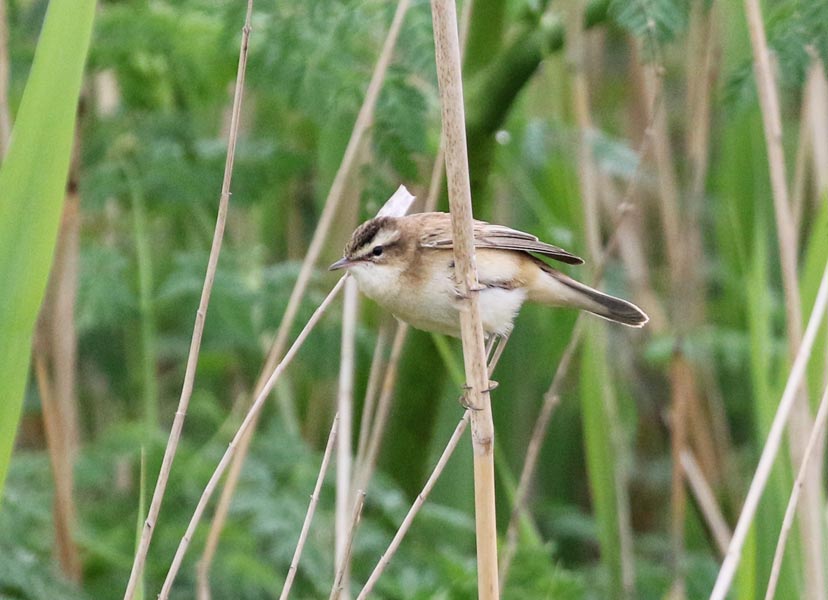
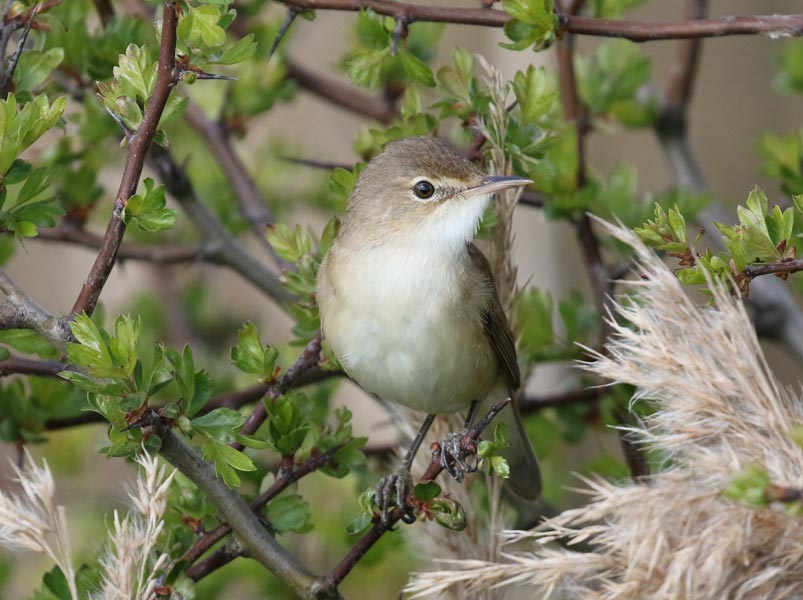
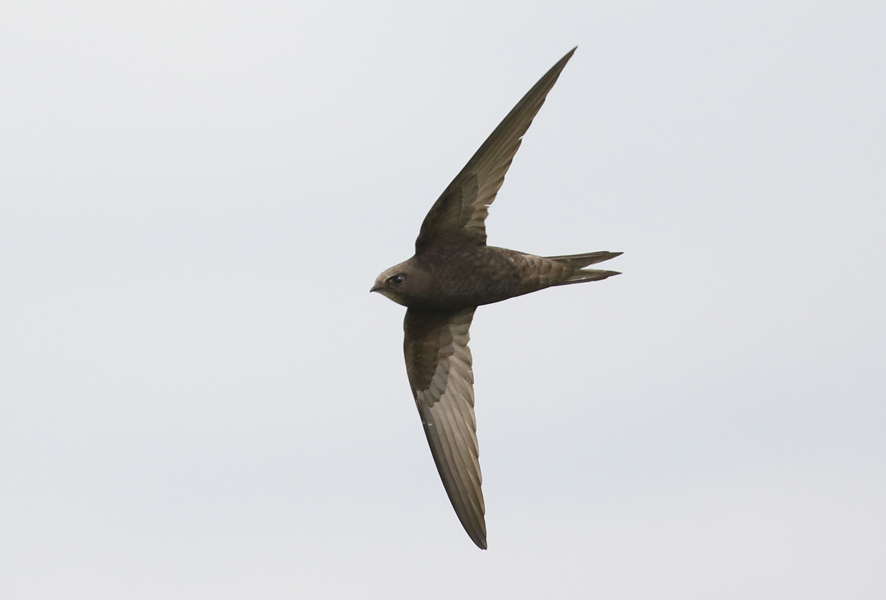
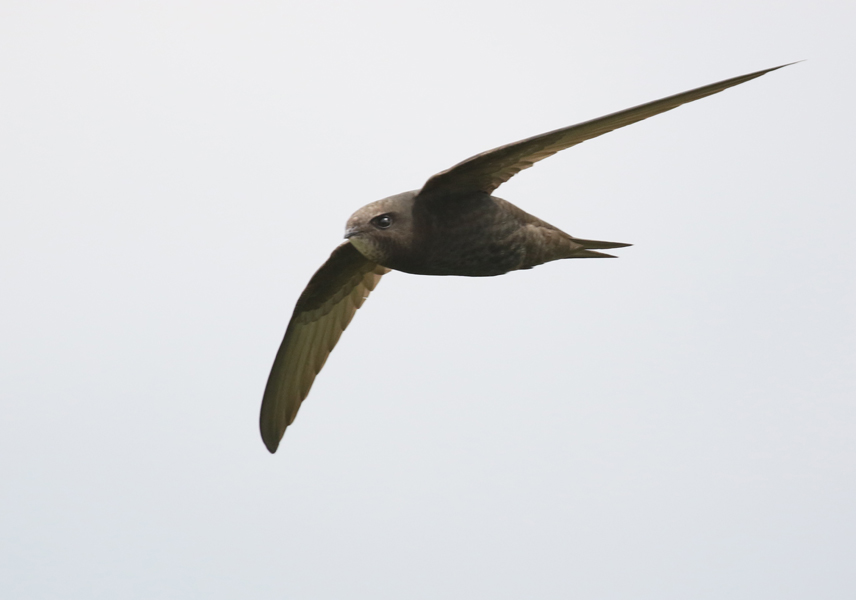
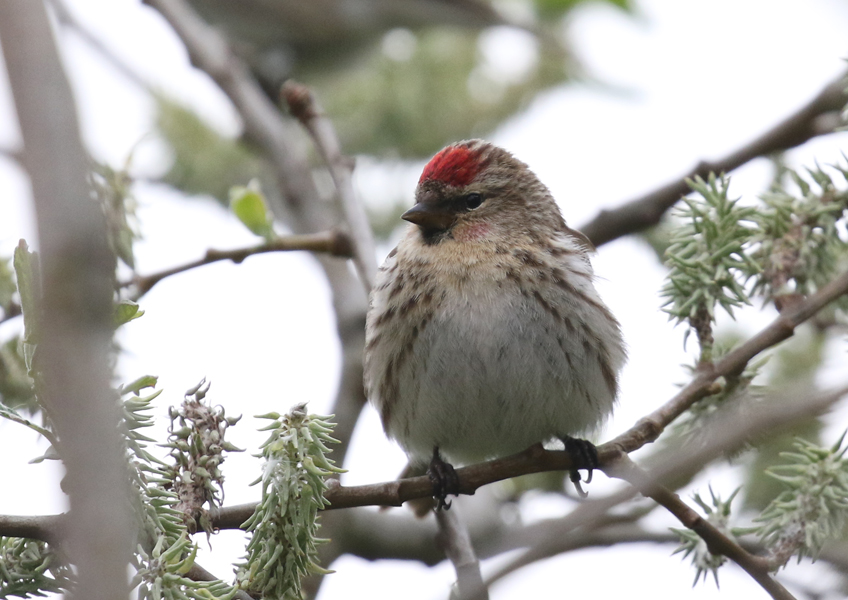
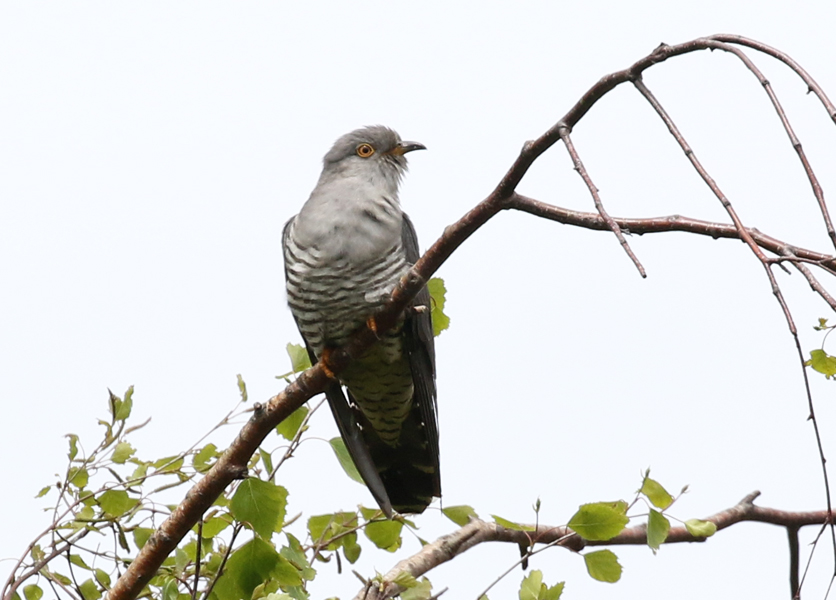
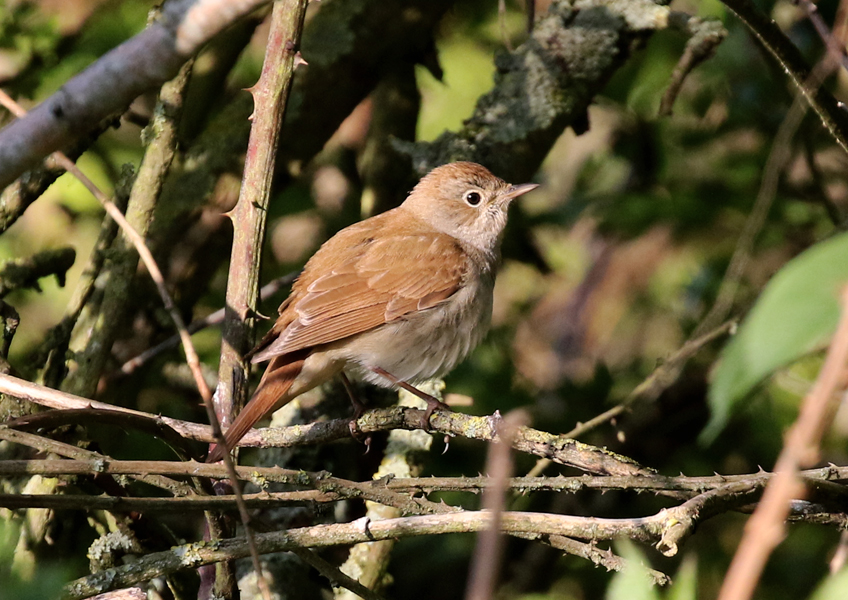
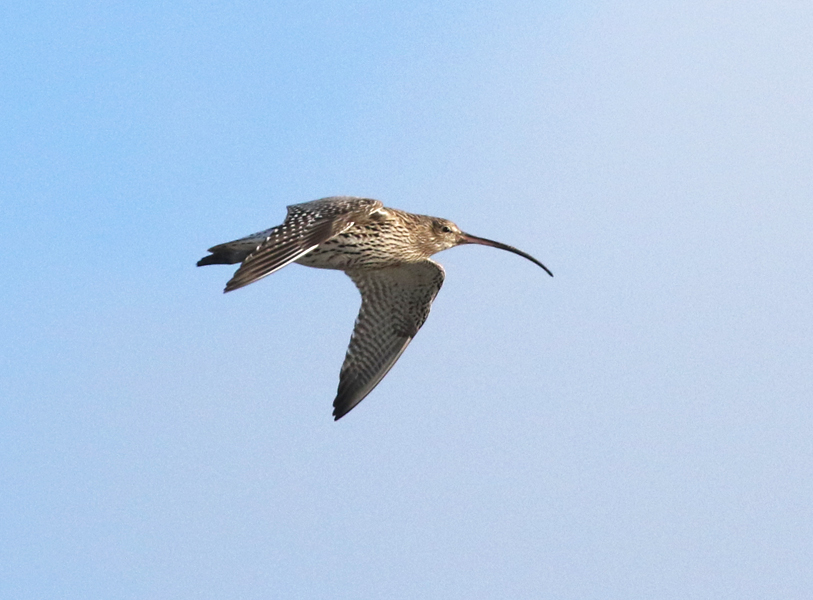

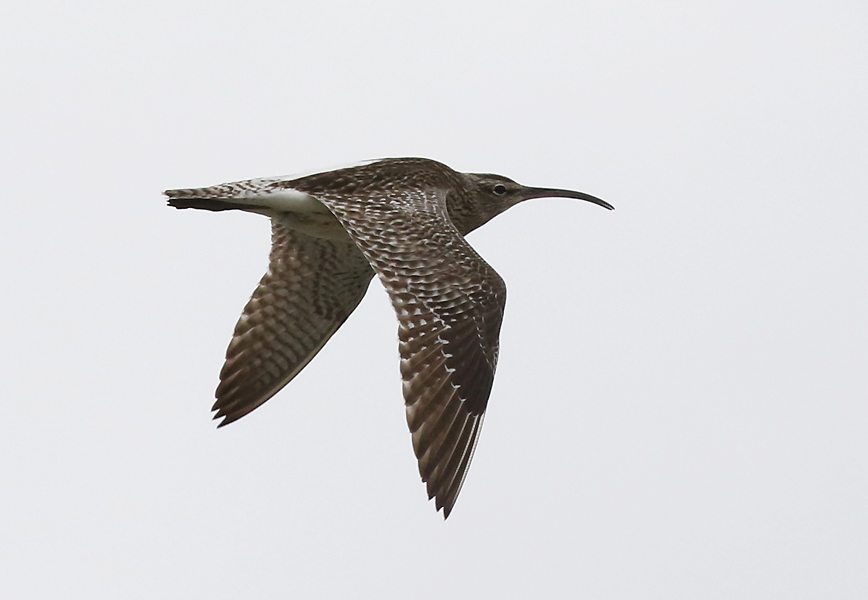
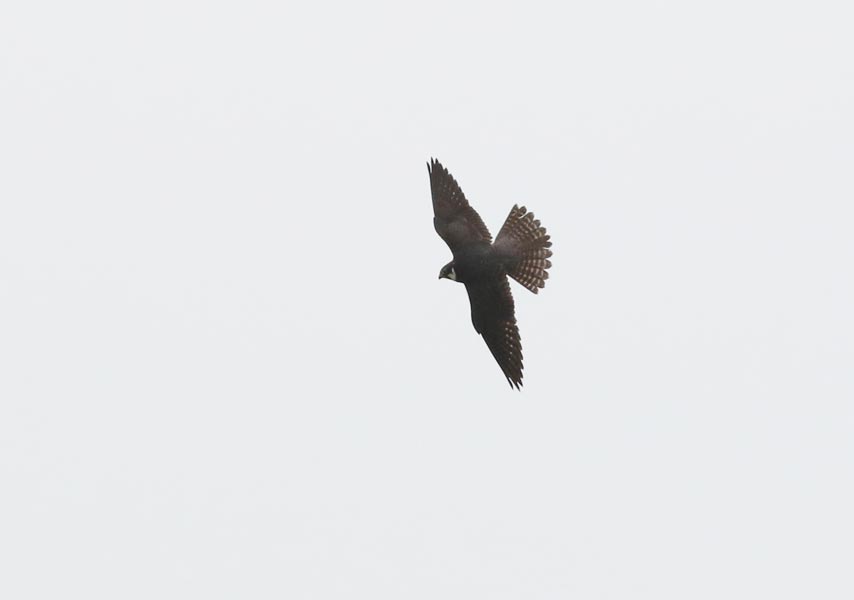
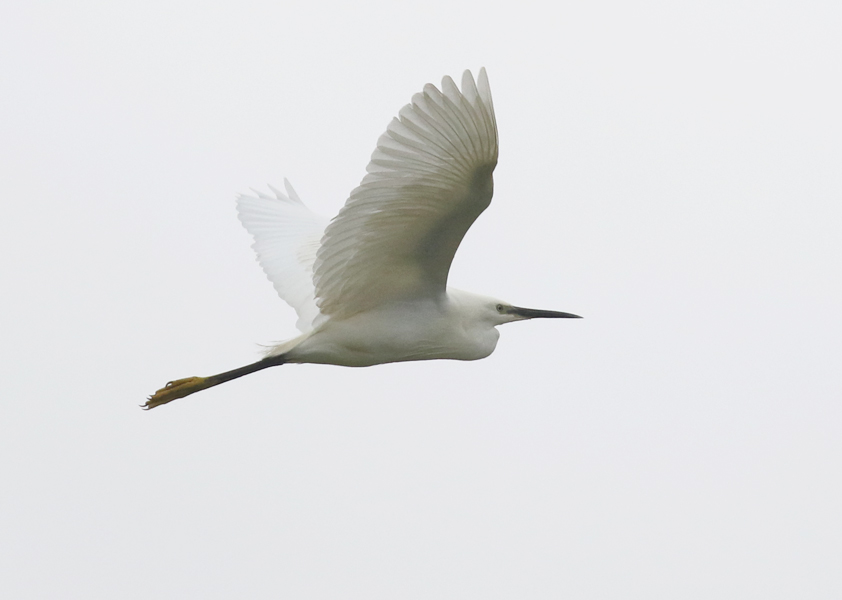
 Posted in
Posted in  Tags:
Tags: 










